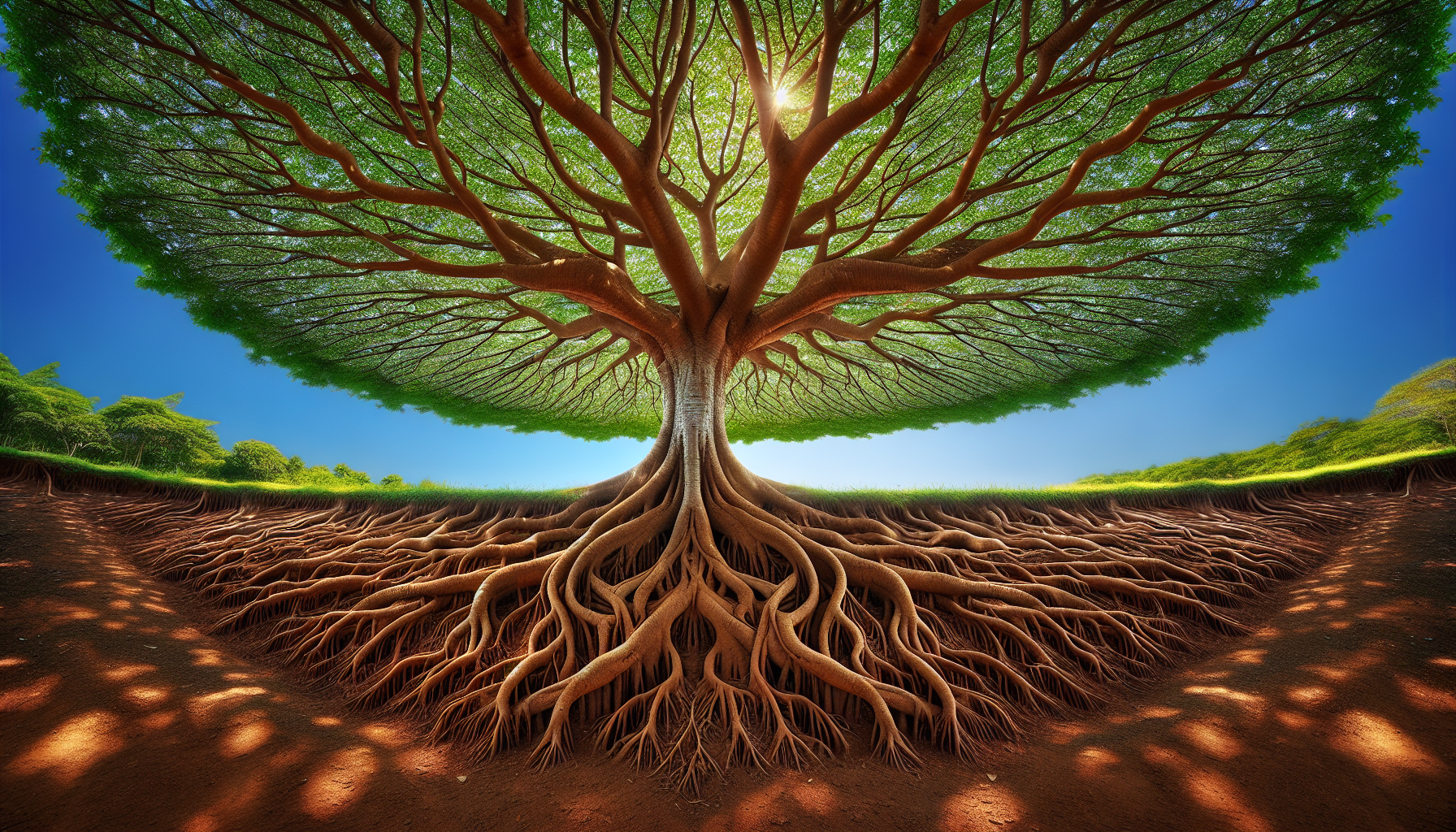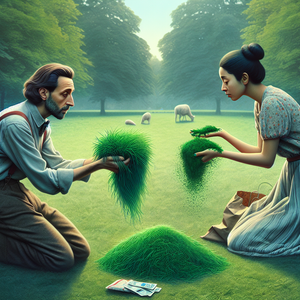The Sonic Alchemist of the Rainforest: A Life Dedicated to Environmental Soundscapes

Imagine standing in the midst of a rainforest, where the air is alive with sound: the rhythmic patter of rain on leaves, the distant calls of howler monkeys, the soft hum of insects, and the gushing streams that cut through the greenery. For most of us, these sounds are fleeting moments of wonder. For the sonic alchemist, they are the building blocks of a symphony. Armed with an array of sophisticated tools—parabolic microphones to capture distant bird calls, hydrophones to record underwater ecosystems, and even ultrasonic microphones to detect imperceptible bat echolocation—the sound engineer ventures into the depths of rainforests worldwide. This work is not a mere act of recording; it is an act of deep listening, one that transforms the natural world into an auditory masterpiece. Back in the studio, the engineer’s journey continues. Using advanced software like Pro Tools and Ableton Live, they sculpt these raw recordings into immersive soundscapes. Each sound is carefully layered, balanced, and enhanced without losing the authenticity of its source. The result is an auditory experience that transports listeners from their busy urban lives into the heart of the rainforest, inviting them to feel the pulse of nature.
Advocacy Through Sound
For the sonic alchemist, these soundscapes are more than art—they are a form of environmental storytelling. Every playlist is imbued with a purpose: to connect audiences emotionally to the rainforests and to inspire action. In a world where deforestation, climate change, and habitat destruction threaten the survival of these ecosystems, the engineer’s work serves as a rallying cry for conservation. Consider this: a person living in a bustling city may never set foot in a rainforest. They might never hear the hauntingly beautiful call of a harpy eagle or the gurgling of a hidden stream. But through the engineer’s soundscapes, urban dwellers are given a chance to experience these wonders. This emotional connection can fuel awareness and, ultimately, action. The sonic alchemist frequently collaborates with environmental organizations to amplify their message. For example, their playlists might be paired with virtual reality experiences that allow users to “visit” endangered rainforests from the comfort of their homes. These soundscapes are also often featured in documentaries, museum exhibits, and fundraisers, with proceeds directed toward reforestation projects and wildlife conservation efforts. By marrying sound with advocacy, the engineer has proven that art can be a powerful tool for environmental change.
The Technology Behind the Craft
While the creation of rainforest soundscapes may seem poetic, it is deeply rooted in technological innovation. The engineer uses state-of-the-art equipment to capture the full spectrum of rainforest sounds, from subsonic frequencies to high-pitched tones that escape the human ear. Parabolic microphones are key for isolating sounds over long distances, while hydrophones delve into aquatic ecosystems to record the subtle sounds of fish, frogs, and flowing water. Ultrasonic microphones expand the range further, picking up echolocation clicks from bats and other high-frequency phenomena. Post-production is where these recordings are transformed into mesmerizing compositions. Using spectral editing tools, the engineer cleans up the recordings, removing unwanted noise while preserving the original harmonic integrity. In some cases, machine learning algorithms are employed to identify patterns in the recordings or simulate how certain sounds interact in their natural environment. This meticulous process ensures that each soundscape is both technically flawless and emotionally resonant.
A Lifestyle of Sustainability
The sonic alchemist’s work extends beyond the studio; their commitment to the environment is reflected in their daily life. They are an advocate for sustainable living, minimizing their carbon footprint during field expeditions and using eco-friendly materials in their studio. Plastic straws? Absolutely not. Single-use plastics? Never. Their fieldwork is conducted with careful consideration of its ecological impact. They travel light, often on foot or by canoe, ensuring minimal disruption to the ecosystems they record. In the studio, they opt for solar-powered equipment and environmentally friendly production techniques. This lifestyle is not just a personal choice; it is a statement. For the engineer, every decision—no matter how small—contributes to the larger mission of environmental stewardship.
The Healing Power of Rainforest Soundscapes
Beyond advocacy, the soundscapes created by the sonic alchemist have a profound impact on listeners. Studies have shown that exposure to natural sounds can reduce stress, lower blood pressure, and improve mental clarity. In a world where burnout and anxiety are rampant, these soundscapes provide a form of therapy. For many, listening to a rainforest playlist becomes a meditative practice, a way to reconnect with the natural world and find solace in its rhythms. The sonic alchemist’s work reminds us of the healing power of nature, even when experienced from afar.
The sonic alchemist of the rainforest is not just an artist; they are a scientist, a conservationist, and a storyteller. Through their work, they reveal the intricate beauty of the natural world, inviting us to listen, to feel, and, most importantly, to act. In a time when the planet’s wild places are under threat, their soundscapes serve as both a balm for the soul and a call to arms. They remind us that the rainforest is not just a distant place—it is a living, breathing symphony that we are all connected to.
Environmental Sound Designer
National Geographic, Smithsonian Institution, or environmental organizations like WWF
Core Responsibilities
Capture and craft immersive soundscapes of natural environments, using advanced field recording equipment (e.g., hydrophones, parabolic microphones).
Collaborate with environmental organizations to create audio-based storytelling for conservation campaigns.
Design sound exhibits for museums, parks, or virtual reality experiences to educate audiences about ecological issues.
Required Skills
Expertise in sound design tools like Pro Tools, Logic Pro, or Ableton Live.
Strong knowledge of bioacoustics and natural soundscapes.
Fieldwork experience in remote or ecologically sensitive environments.
Bioacoustics Researcher
Universities, wildlife research institutes, or organizations like the Cornell Lab of Ornithology
Core Responsibilities
Study the sounds of wildlife species to understand communication, mating behaviors, and ecosystem health.
Use ultrasonic and underwater recording devices to analyze hard-to-detect frequencies.
Contribute findings to conservation strategies, such as mapping biodiversity or identifying species at risk.
Required Skills
Background in biology, ecology, or environmental science, with expertise in bioacoustics.
Proficiency in acoustic analysis software like Raven Pro or MATLAB.
Analytical skills to interpret sound data and relate it to ecological patterns.
VR Environmental Sound Engineer
VR platforms like Oculus, environmental education startups, or media companies like Discovery Channel
Core Responsibilities
Develop 3D immersive soundscapes for virtual reality experiences showcasing natural environments.
Work closely with game developers, filmmakers, and conservationists to create realistic soundtracks for educational and advocacy platforms.
Integrate spatial audio technology to replicate the depth and directionality of natural soundscapes.
Required Skills
Proficiency in spatial audio tools like Unity, Unreal Engine, or Dolby Atmos.
Understanding of environmental sound recording techniques and acoustic ecology.
Creative problem-solving to simulate natural environments in VR.
Conservation Media Specialist
Conservation International, Greenpeace, or multimedia production companies focused on sustainability
Core Responsibilities
Create audio and multimedia content to support environmental advocacy, such as podcasts, soundtracks, and interactive experiences.
Partner with NGOs and media outlets to distribute compelling conservation stories.
Use sound as a tool to emotionally connect global audiences with endangered ecosystems.
Required Skills
Strong storytelling and media production abilities, including audio editing and sound design.
Knowledge of environmental issues and advocacy strategies.
Experience working with interdisciplinary teams, including scientists and filmmakers.
Field Acoustics Technician
Research institutions, environmental NGOs, or government agencies like NOAA or USGS
Core Responsibilities
Deploy and maintain audio recording equipment in challenging environments, such as rainforests, oceans, or desert ecosystems.
Monitor live audio feeds and ensure data quality for ecological studies or conservation projects.
Support scientists and researchers by collecting and analyzing raw sound data for bioacoustic research.
Required Skills
Technical expertise in setting up and troubleshooting field audio equipment (e.g., hydrophones, autonomous recording units).
Ability to work in remote, rugged environments for extended periods.
Basic data analysis skills and familiarity with bioacoustic software.


